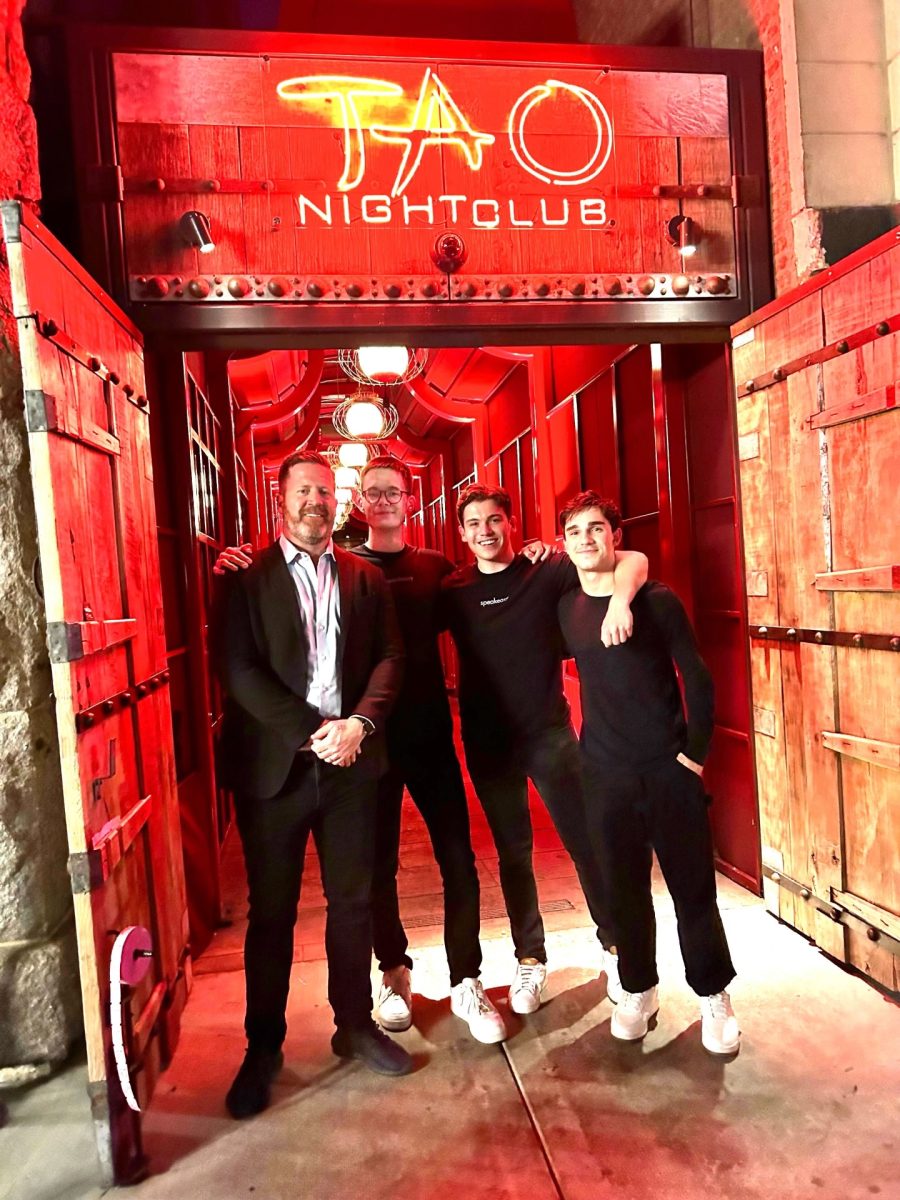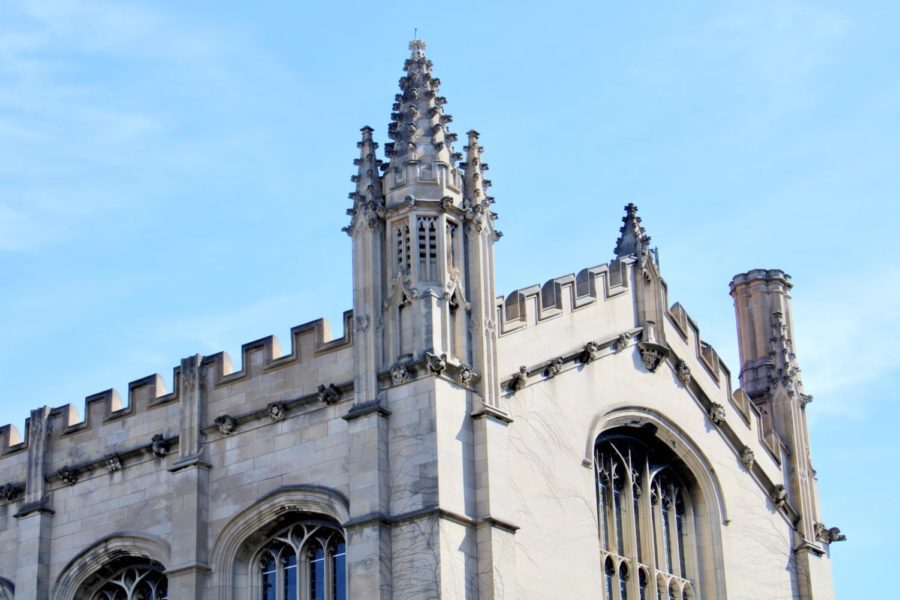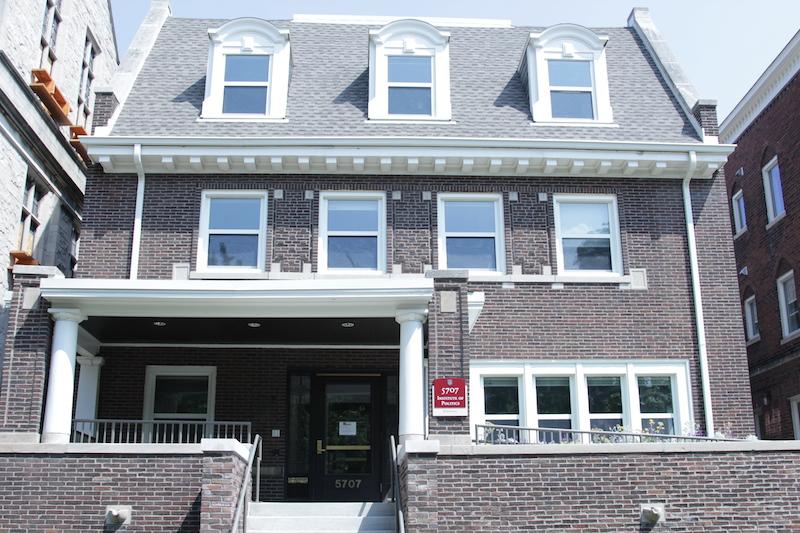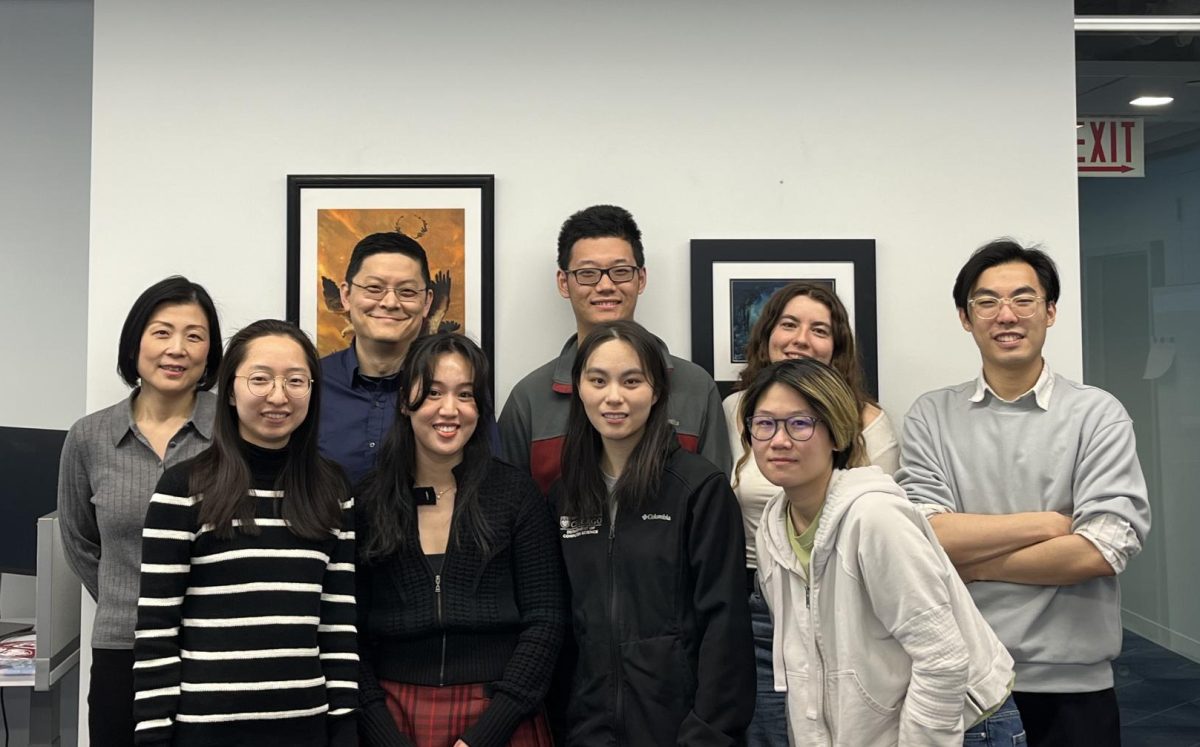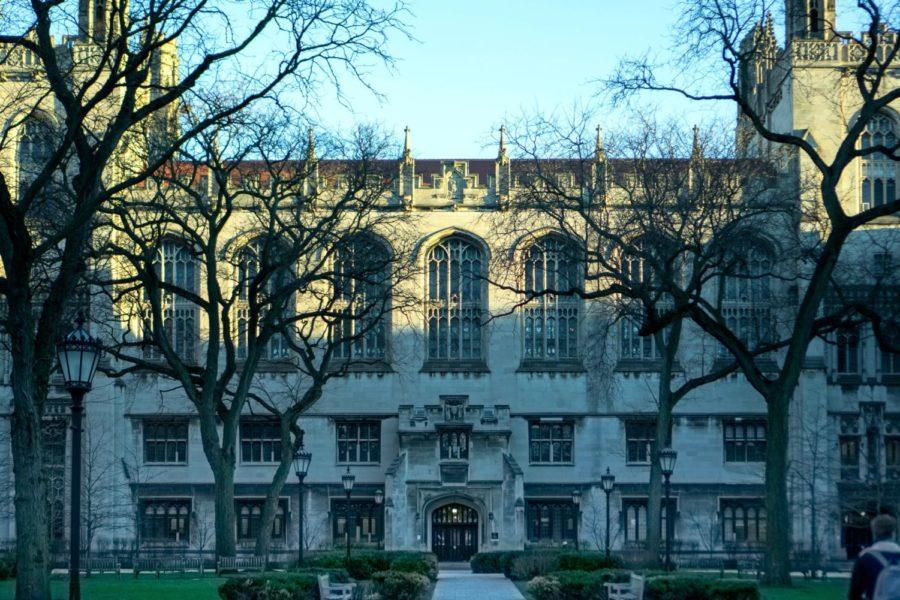Cutting-edge research at UChicago’s Argonne National Laboratory is a potential first step to the development of an HIV vaccine. The research, focused on mapping the development of the CH103 antibody, was a collaborative effort, bringing together analysis conducted at Los Alamos National Laboratory and experiments conducted at Argonne.
The natural antibody CH103 is able to neutralize multiple strains of HIV, making it a uniquely effective and adaptive virus killer. By examining the formation and evolution of the antibody in relation to the virus, scientists can better understand how to reproduce the antibody in a vaccine.
“HIV–1 is a master of disguise, and it is very difficult for the human immune system to make antibodies that effectively neutralize diverse HIV–1 isolates. “The CH103 antibody is pretty good as a neutralizer,” Doctor Peter Kwong (A.B. ’85, S.M. ’85), who led Argonne’s efforts in the research, said. Kwong works in the Structural Biology section of the National Institute of Health’s Vaccine Research Center.
In order to conduct the study, the researchers acquired samples from an HIV–positive donor starting from the time of infection, allowing the group to obtain information about the progress of the virus and the evolution of the antibody.
Today, Kwong’s research group studies the conditions, on an atomic-level, that trigger the creation of CH103 antibodies.
Understanding the development of the CH103 antibody is a significant first step toward developing an HIV vaccine, though the complete creation of a vaccine is probably years down the road.




